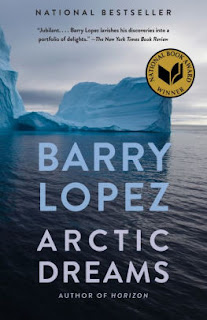 David R. Slayton grew up in Guthrie, Oklahoma, where finding fantasy novels was pretty challenging and finding fantasy novels with diverse characters was downright impossible. Now he lives in Denver, Colorado, with his partner, Brian, and writes the books he always wanted to read. White Trash Warlock is his first novel. In 2015, Slayton founded Trick or Read, an annual initiative to give out books along with candy to children on Halloween as well as uplift lesser-known authors or those from marginalized backgrounds.
David R. Slayton grew up in Guthrie, Oklahoma, where finding fantasy novels was pretty challenging and finding fantasy novels with diverse characters was downright impossible. Now he lives in Denver, Colorado, with his partner, Brian, and writes the books he always wanted to read. White Trash Warlock is his first novel. In 2015, Slayton founded Trick or Read, an annual initiative to give out books along with candy to children on Halloween as well as uplift lesser-known authors or those from marginalized backgrounds.
At Publishers Weekly, Slayton tagged ten of his favorite urban fantasies that break new ground, including:
Soulless by Gail CarrigerRead about another entry on the list.
Carriger mixes steampunk, urban fantasy, and paranormal romance in this Victorian comedy of manners full of vampires, werewolves, and teacups. There's nothing quite like itfor laughter and a paranormal mystery. It's also a beautiful and engaging love story. Alexia Tarrabotti is a spinster cursed or blessed, depending on which supernatural entity you're asking, with a lack of soul, a quantity everyone is trying to measure in order to create more supernatural beings or destroy them. This state gives Alexia the unique ability to nullify supernatural powers. This delightful book kicked off a career that has earned Carriger a diehard fandom.
Soulless is among Darynda Jones's ten must-read crime-fighting duos.
My Book, The Movie: Soulless by Gail Carriger.
--Marshal Zeringue















































